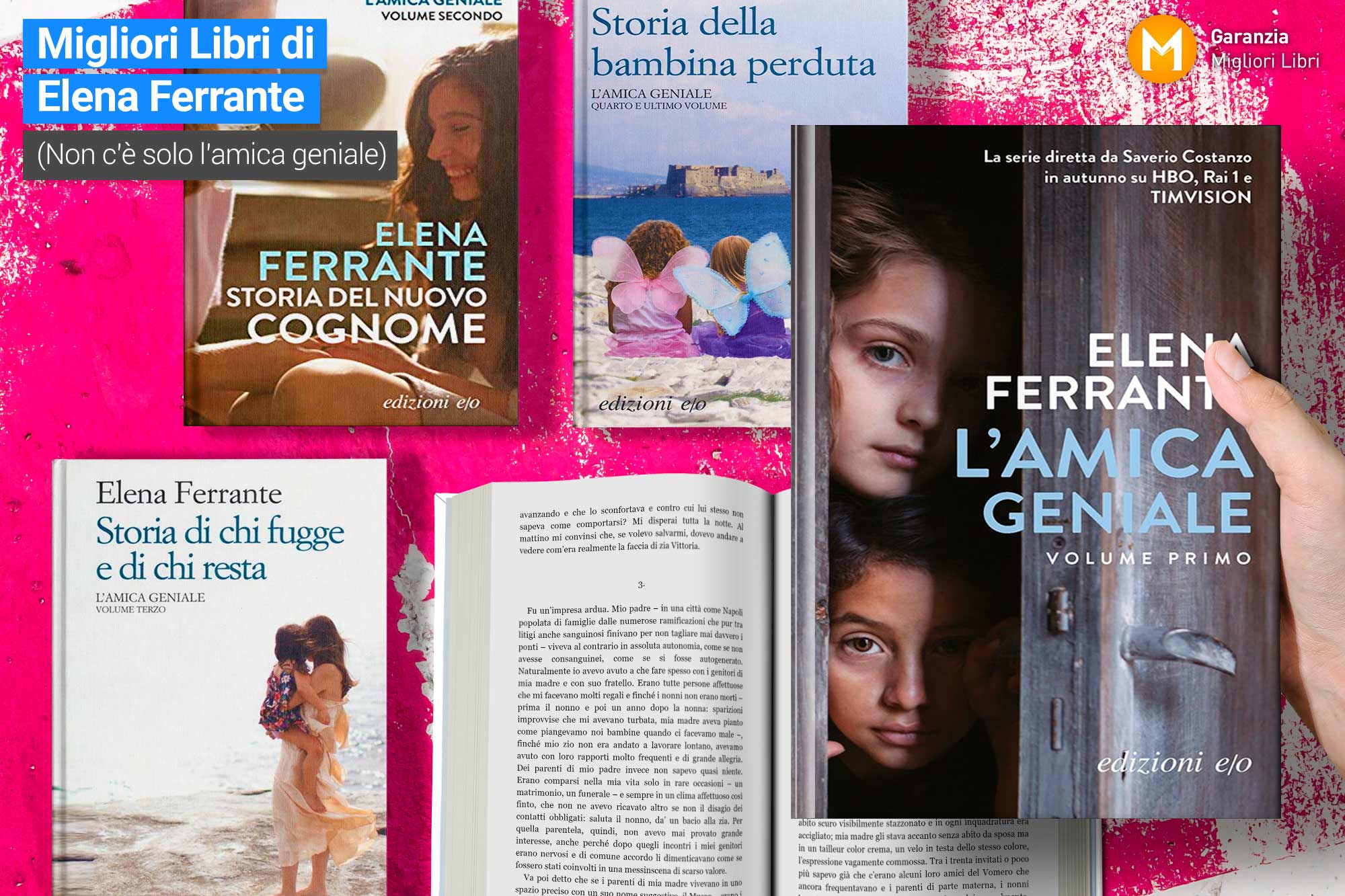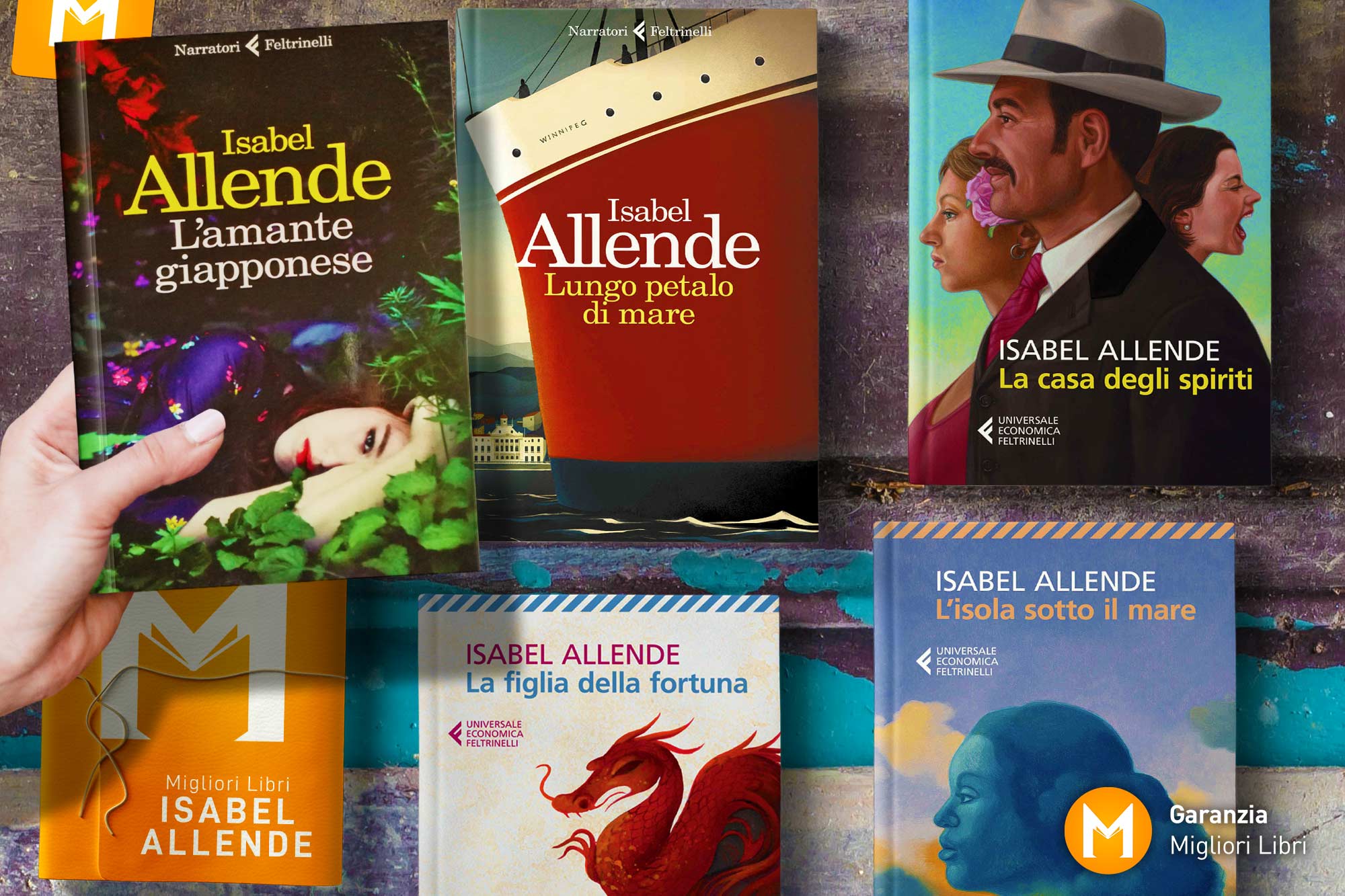Questa è la pagina dedicata a Ian Campbell.
In questa pagina troverai 5 prodotti, tra cui “The Adventures Of Billy Bog Brush: The Fire Brigade”.
The Addis Ababa Massacre: Italy’s National Shame
In February 1937, following an abortive attack by a handful of insurgents on Mussolini’s High Command in Italian-occupied Ethiopia, ‘repression squads’ of armed Blackshirts and Fascist civilians were unleashed on the defenceless residents of Addis Ababa. In three terror-filled days and nights of arson, murder and looting, thousands of innocent and unsuspecting men, women and children were roasted alive, shot, bludgeoned, stabbed to death, or blown to pieces with hand-grenades. Meanwhile the notorious Viceroy Rodolfo Graziani, infamous for his atrocities in Libya, took the opportunity to add to the carnage by eliminating the intelligentsia and nobility of the ancient Ethiopian empire in a pogrom that swept across the land. In a richly illustrated and ground-breaking work backed up by meticulous and scholarly research, Ian Campbell reconstructs and analyses one of Fascist Italy’s least known atrocities, which he estimates eliminated 19-20 per cent of the capital’s population.He exposes the hitherto little known cover-up conducted at the highest levels of the British government, which enabled the facts of one of the most hideous civilian massacres of all time to be concealed, and the perpetrators to walk free.
Il massacro di Addis Abeba. Una vergogna italiana
Ci sono pagine della storia d’Italia che conosciamo ormai a memoria, e altre su cui ancora non è stata scritta la parola “fine”. E poi ci sono le pagine dimenticate, relegate all’oblio perché troppo dolorose. Anche quelle, però, fanno parte del nostro passato. In questo caso, del nostro passato di “potenza imperialista”. La mattina del 19 febbraio 1937, ad Addis Abeba, il viceré Rodolfo Graziani e le autorità italiane che da nove mesi governano un terzo dell’Etiopia celebrano la nascita del primo figlio maschio del principe Umberto di Savoia. Ma un gruppo d’insorti riesce a superare i controlli e, all’improvviso, otto bombe a mano seminano il caos tra quei notabili. Di fronte al bilancio – sette morti e decine di feriti, compreso lo stesso Graziani – il Duce ordina la repressione: “Tutti i civili e religiosi comunque sospetti devono essere passati per le armi”. È così che si scatena uno dei massacri più ignobili della parentesi imperialista italiana: giorni di terrore, tra omicidi e saccheggi, durante i quali migliaia di innocenti vengono trucidati con sistematica brutalità. Repressione che culmina, nel maggio dello stesso anno, con l’eccidio di centinaia di monaci, preti e pellegrini cristiani della Chiesa etiope, tutti disarmati, radunati nel monastero di Debra Libanos. Intanto, le Camicie nere ne approfittano per azzerare l’intellighenzia del Paese, in un vero e proprio pogrom. Con precisione accademica e passo narrativo, Ian Campell ricostruisce in questo saggio una delle atrocità meno conosciute del regime fascista, analizzandone premesse e conseguenze, senza fare sconti a nessuno. Prefazione di Richard Pankhurst.
Opinioni:
Il racconto dettagliato e impressionante di una delle peggiori atrocità della storia coloniale del Novecento, per la quale nessun italiano è stato mai processato. – LaFeltrinelli
La più autorevole ricostruzione di una barbarie troppo a lungo trascurata. – Financial Times
Il primo resoconto completo di un massacro che anticipa i crimini nazisti più che ricordare le atrocità dell’Europa coloniale. Da tempo il governo etiope ritiene che il suo popolo meriti delle scuse. – The Economist
Holy War: The Untold Story of Catholic Italy’s Crusade Against the Ethiopian Orthodox Church
In 1935, Fascist Italy invaded the sovereign state of Ethiopia–a war of conquest that triggered a chain of events culminating in the Second World War. In this stunning and highly original tale of two Churches, historian Ian Campbell brings a whole new perspective to the story, revealing that bishops of the Italian Catholic Church facilitated the invasion by sanctifying it as a crusade against the world’s second-oldest national Church. Cardinals and archbishops rallied the support of Catholic Italy for Il Duce’s invading armies by denouncing Ethiopian Christians as heretics and schismatics, and announcing that the onslaught was an assignment from God. Campbell marshalls evidence from three decades of research to expose the martyrdom of thousands of clergy of the venerable Ethiopian Church, the burning and looting of hundreds of Ethiopia’s ancient monasteries and churches, and the instigation and arming of a jihad against Ethiopian Christendom, the likes of which had not been seen since the Middle Ages. Finally, ‘Holy War’ traces how, after Italy’s surrender to the Allies, the horrors of this pogrom were swept under the carpet of history, and the leading culprits put on the road to sainthood.
Umbria: A Cutlural Guide [Lingua Inglese]: A Cultural Guide
Umbria, ‘the Green Heart of Italy’, is a fascinating region of Etruscan and Roman monuments, medieval castles and cathedrals, and the Renaissance art of Giotto, Perugino and the young Raphael. Everywhere, vibrant cities, evocative hill-towns and tranquil villages are set amid glorious landscapes. This superb cultural guide makes the perfect traveller’s companion. Ian Campbell Ross tells the story of Umbria from the days of the ancient Umbri, a thousand years before Christ, through to the unification of Italy and up to the present day. He shows how Etruscans, Romans, early Christians and Longobards all left their mark, and how powerful city-states like Perugia, Spoleto and Orvieto, as well as smaller towns and villages, took pride in cultural achievements visitors still enjoy. St. Francis and his followers transformed Assisi into a spiritual centre embracing one of the greatest collections of late medieval and early Renaissance art and architecture in Europe. This thoroughly revised edition, newly illustrated, provides a compelling narrative along with chapters on the region’s art and the local food and wine. A gazetteer gives visitors full details of what to see in the cities, hill-towns and mountain and lakeside villages of one of Italy’s most beautiful regions.
Se volessi saperne di più, dai un’occhiata al nostro canale Youtube!
- Libri sulla posturologia Migliori da leggere e consigliati
- Migliori lampade da tavolo Kartell, prezzi e opinioni
- Libri di Daniele Giannazzo migliori da leggere e consigliati
- Migliori Libri di Tomas Milian
- Libri per Concorso a Cattedra di Filosofia e Scienze umane A18 (A036) – EdiSES




![Umbria: A Cutlural Guide [Lingua Inglese]: A Cultural Guide](https://m.media-amazon.com/images/I/51G73hd8AeL.jpg)










Lascia un commento
Devi essere connesso per inviare un commento.